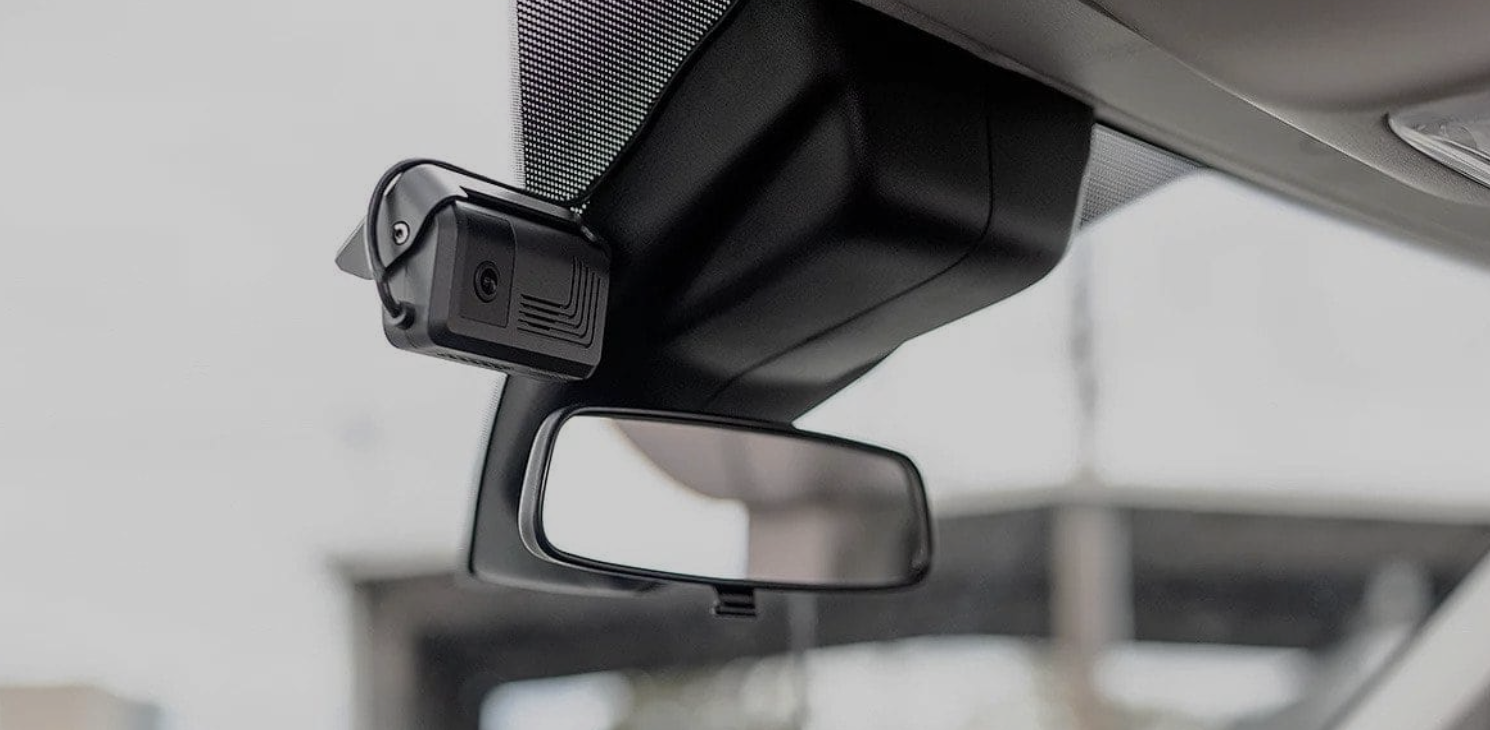Fleet Cameras Explained: How to Protect, Monitor, and Optimize Your Commercial Fleet in 2025
Fleet cameras are no longer optional—they’re essential. Learn how the right fleet camera system boosts safety, protects drivers, and streamlines operations in 2025.

Introduction
“A fleet camera system won’t just tell you what happened—it’ll prove it.”
In 2025, if your commercial vehicles are still driving blind, you’re leaving money (and liability) on the road. Fleet cameras are no longer a nice-to-have—they’re an operational must.
Let’s break down exactly what they are, how they work, and why the right system could be the smartest investment you make this year.
Why Fleet Cameras Are a Must-Have in 2025
Fleet cameras have evolved far beyond basic recording. Today, they’re part safety device, part data engine, part risk-reduction machine.
- Insurance claims are getting more expensive—and more frequent.
- Driver protection is mission-critical—especially in “he said, she said” scenarios.
- You need eyes on your fleet, even when you’re not in the passenger seat.
Installing a fleet dash cam in every vehicle ensures you’re not left guessing. And with the right setup, you can respond in real-time, protect your drivers, and avoid costly downtime.
The Core Benefits of a Fleet Camera System
Safety and Driver Behavior Monitoring
Cameras act as a silent coach. With real-time alerts and recorded incidents, fleet managers can correct dangerous habits before they become accidents. And when drivers know they’re being recorded? Risky behavior drops—fast.
Liability Protection and Evidence Collection
If an incident occurs, you’ll have high-definition footage to back your story. That means faster resolutions, fewer disputes, and better outcomes with insurers. Video doesn’t lie. And in court, it wins.
Operational Efficiency
Fleet cameras also double as productivity tools. Want to monitor idle time? Track delivery delays? Catch unauthorized stops? It’s all visible—instantly. This is where fleet vehicle monitoring becomes a force multiplier for operations.
What to Look for in a Fleet Dash Cam Setup
Hardware Considerations
Look for front-facing, interior, and (if needed) rear-facing coverage. If your fleet works outdoors year-round, temperature resistance and rugged casings are non-negotiable. Night vision and wide-angle lenses? Absolutely.
Storage: SD Cards vs. SSD-Based Systems
Traditional SD card setups are prone to failure and tampering. If you go that route, opt for industrial-grade MLC cards and set a reminder to format them monthly.
Or take it a step further: some brands like Thinkware offer lock boxes to protect the card and power connection. At the enterprise level, SSD-based systems like Axon Fleet Hub offer higher durability and cloud sync—but often at a subscription price.
Connectivity Features
Look for built-in GPS, live stream access, and remote clip retrieval. If something happens, you shouldn’t have to wait until the truck returns to review footage. Some systems can even alert you the moment a hard brake or collision occurs.
Top Fleet Camera Brands in 2025 (Based on Real Feedback)
Thinkware T700 & F70/F100
A fan favorite for fleet managers who want SD card setups with tamper protection, parking mode, and easy retrieval. Ideal for mid-size fleets.
Transcend DP520
Rugged, reliable, and simple. Highly recommended in real-world fleet forums. If you want something that “just works” in harsh conditions, start here.
BlackVue & Viofo Options
These are great picks for budget-conscious fleets or companies that want sleek, low-profile designs. BlackVue also offers a cloud-connected option.
Axon Fleet Hub
Top-tier tech with enterprise-ready SSD storage, real-time integrations, and optional pairing with body cams. It’s not cheap—and often requires a contract—but it’s a serious tool for serious fleets.
Real-World Tips from Fleet Managers
“No SD card will last forever—schedule regular formatting.”
“Don’t underestimate the value of a lockbox to prevent tampering.”
“Subscription-based models can offer great support—but come at a cost.”
These aren’t product reviews—they’re operational insights. Learn from the folks in the trenches before you commit.
FAQs About Fleet Dash Cams
Do I need GPS and live streaming for a fleet camera to be effective?
No, but they’re huge time-savers. If speed and remote access matter to you, opt in.
How do tamper-proof dash cams work?
Lock boxes and cable enclosures prevent physical removal or tampering with the SD card or power source.
What’s the difference between single-channel and dual-channel systems?
Single-channel records the road ahead. Dual-channel adds a second perspective—often the interior or rear of the vehicle.
Can I manage 50+ cameras from one dashboard?
Absolutely. Most modern systems offer centralized cloud dashboards built for scale.
Final Thoughts: The Right Fleet Camera Protects More Than Vehicles
Fleet cameras give you more than footage—they give you peace of mind, operational control, and a built-in defense attorney.
But not every solution fits every business. Choose what works for your fleet, your budget, and your risk profile.
Get a Free Fleet Camera Consultation
Ready to find the right fit?
At Beacon Services, we install and support customized fleet camera systems tailored to your exact needs.
📞 Contact us for a quote
📅 Or schedule a walkthrough with our fleet tech advisors.
Internal Links (For BeaconServices.io)
- Blog: [How to Lower Commercial Fleet Insurance with Cameras]
- Blog: [What Is Telematics and How It Works for Fleets]
- Services: [Fleet Management Solutions]
- Contact: [Request a Free Quote]
